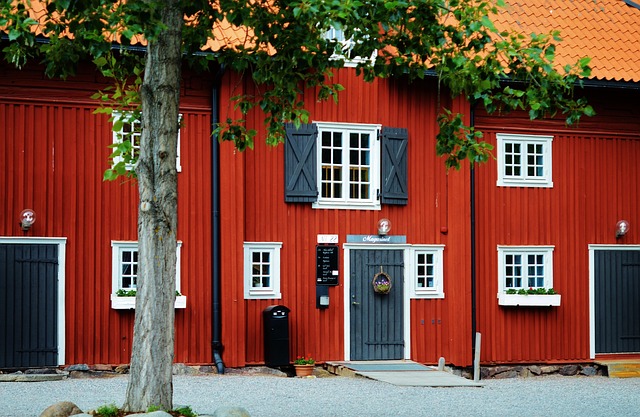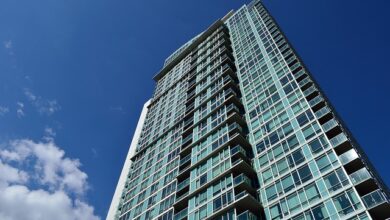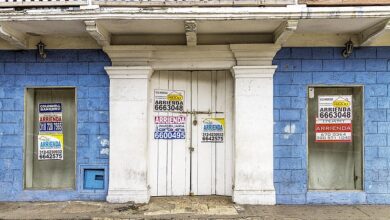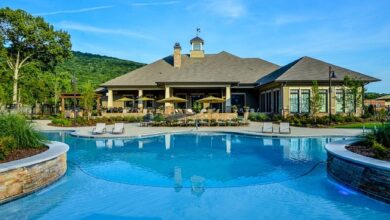How to Get Homeowners Insurance for a Thatched Roof Property in the UK

Owning a thatched roof property in the UK is not just about having a charming and picturesque home; it’s also about embracing a unique piece of British heritage. However, these beautiful homes come with their own set of challenges, especially when it comes to insurance. Insuring a thatched roof property can be more complex than insuring a conventional home due to the specific risks associated with this type of roofing. In this article, we will explore how you can secure homeowners insurance for your thatched roof property and provide tips to make the process smoother.
Understanding the Unique Risks of Thatched Roofs
Thatched roofs are made from natural materials like straw or reeds, which are highly flammable. This makes them more susceptible to fire risks compared to traditional tiled or slate roofs. Additionally, thatched roofs require regular maintenance to ensure they remain in good condition and protect the property from weather elements. These factors mean that insurers often view thatched roof properties as higher-risk investments, leading to stricter requirements and potentially higher premiums.
Key risks associated with thatched roofs include:
- Fire Risk : The primary concern for insurers is the increased likelihood of fire due to the combustible nature of thatch.
- Weather Damage : Extreme weather conditions such as heavy rain, strong winds, or snow can damage the delicate structure of a thatched roof.
- Pest Infestation : Birds, rodents, and insects may nest in the thatch, causing structural issues over time.
- Maintenance Costs : Regular upkeep is essential to preserve the integrity of the roof, but it can be costly.
Steps to Secure Homeowners Insurance for Your Thatched Roof Property
1. Choose an Experienced Insurer
Not all insurance providers offer policies specifically designed for thatched roof properties. It’s crucial to work with an insurer who understands the unique needs of these homes. Specialized insurers have expertise in assessing risk and tailoring coverage options to meet the specific requirements of thatched roof owners.
Some well-known insurers in the UK that cater to thatched roof properties include:
- Aviva
- Ecclesiastical Insurance
- NFU Mutual
- Hiscox
These companies often have dedicated teams familiar with the nuances of insuring historic or unconventional properties.
2. Install Fire Safety Measures
Given the heightened fire risk, installing advanced fire safety systems is one of the most effective ways to reduce insurance costs. Many insurers require certain safety features before offering coverage. Consider implementing the following measures:
- Sprinkler Systems : Installing sprinklers throughout the property significantly reduces the risk of fire spreading.
- Heat Detectors : Unlike smoke detectors, heat detectors are better suited for thatched roofs as they minimize false alarms caused by cooking fumes or steam.
- External Fire Hydrants : Having access to water sources nearby can help firefighters respond quickly in case of emergencies.
- Fire Blankets : Keep fire blankets in kitchens and other high-risk areas for immediate action during small fires.
By demonstrating to your insurer that you’ve taken proactive steps to mitigate fire hazards, you could qualify for reduced premiums.
3. Maintain Your Property Regularly
Proper maintenance is key to ensuring your thatched roof remains in excellent condition. Insurers appreciate homeowners who take pride in their property and are diligent about upkeep. Schedule routine inspections with professional thatchers every few years to identify potential problems early on. Address any repairs promptly to avoid bigger issues down the line.
Additionally, keep detailed records of all maintenance activities, including receipts and photographs. This documentation can serve as proof of your commitment to preserving the property and may strengthen your case when negotiating insurance terms.
4. Consider Professional Valuation
Accurately valuing your thatched roof property is critical when purchasing insurance. Unlike standard homes, replacing or repairing a thatched roof involves specialized labor and materials, making it considerably more expensive. A professional valuation ensures you’re adequately insured without underestimating the replacement cost.
Work with a qualified surveyor experienced in evaluating thatched roof properties to determine its true market value. This figure should guide your decision when selecting coverage limits for buildings insurance.
5. Shop Around for the Best Deal
While specialized insurers offer tailored solutions, don’t assume the first quote you receive is the best available. Compare multiple quotes from different providers to find the most competitive rates. Use online comparison tools or consult with independent brokers who specialize in niche markets like thatched roof insurance.
Remember, the cheapest option isn’t always the best choice. Prioritize comprehensive coverage that addresses all potential risks while balancing affordability.
6. Understand Policy Terms and Conditions
Before finalizing your policy, carefully review the terms and conditions. Pay attention to:
- Exclusions: Are there any circumstances where the insurer won’t pay out?
- Deductibles: What is the excess amount you’ll need to contribute in case of a claim?
- Coverage Limits: Ensure the policy covers both the building and contents sufficiently.
- Additional Riders: Some insurers offer optional extras, such as cover for accidental damage or alternative accommodation if your home becomes uninhabitable.
Clarify any doubts directly with the insurer to avoid surprises later.
Tips for Reducing Insurance Costs
Here are some practical strategies to lower the cost of insuring your thatched roof property:
- Increase Security Features : Install burglar alarms, CCTV cameras, and secure locks to deter theft and vandalism.
- Bundle Policies : Combine home and car insurance with the same provider for discounts.
- Pay Annually : Opting for annual payments instead of monthly installments can save money.
- Improve Accessibility : Enhance road access to your property to facilitate quicker emergency response times.
- Stay Local : Inform your insurer if your property is located near a fire station, as proximity can positively impact premium calculations.



